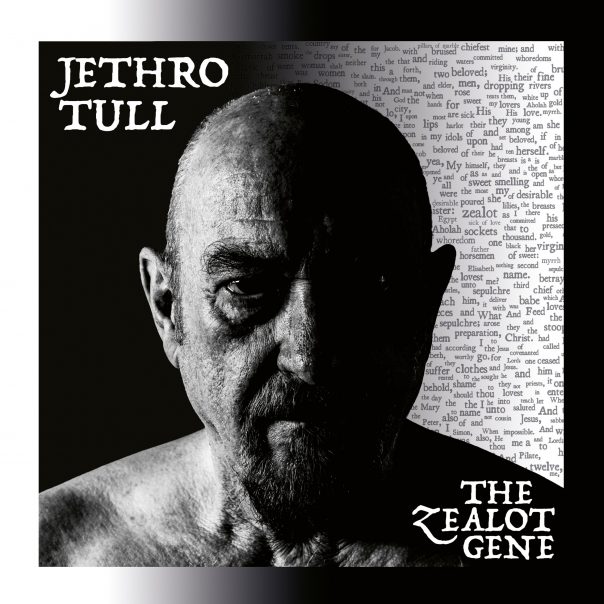ALBUM REVIEW: Jethro Tull continues to flout convention on ‘The Zealot Gene’

If God had wanted more face-melting flute solos in the world of rock and roll, he would have made more than one Ian Anderson. The singular presence of Jethro Tull‘s visionary flautist and frontman suggests the universe is content to have the flute remain one of the rarest spices in rock and roll’s kitchen. Luckily, Anderson and crew are busy once again releasing The Zealot Game, their first studio album in 18 years.
The Zealot Gene
Jethro Tull
Inside Out Music, Jan. 28
6/10
The album’s vibe occupies a sunlit glade between a renaissance fair and an Irish Spring commercial. And yeah, there’s plenty of flute playing.
The patina of grit that roughened the edges of Tull’s 1971 hit “Aqualung” and sold more than 7 million copies of the album has mostly been stripped away on The Zealot Gene. While there are some overdriven power chords on the album’s title track, the album is largely acoustic: guitars, piano, subdued percussion and the flute.
The opener, “Mrs Tibbets,” features a repeating flute melody played against syncopated hi-hat that serves as the song’s riff. It’s jaunty as anything out there. In fact, it’s kind of like a sea shanty, or a party scene with the tiny druids celebrating their onstage destruction of Stonehenge at a Spinal Tap concert. Anderson’s Biblically inspired lyrics evoke sinister evil much like a low dice roll in Dungeons and Dragons.
“Don’t feel bad, they said, about the numbers/ Don’t feel bad about the melting heat/ The burning flesh, the soft white cell demise/ And the shattered ground beneath the trembling feet,” he sings. After a wah-wah-inflected guitar solo, he follows that up with, “Maybe if Lot had stopped and stood his ground/ And maybe if Peter hadn’t turned away/ What if that Judas stole no kiss?/ What if, what if, Enola Gay?”
You can use those lyrics to stump the cool youth deacon at your church.
“Mine is the Mountain” oozes with musical theater energy as Ian Anderson emotes over gentle piano. While listening to this song, I distinctly remembered eating a giant drumstick at a forested renaissance fair, and I’ve never even been to one! Such is the album’s power to evoke vibrant imagery. One very effective musical interlude in “Mine is the Mountain” sets Anderson’s discordantly trilling flute against a series of powerful drum fills. When his flute captures some of the distorted energy of the electric guitar, the effect is very cool.
The album’s first single, “Shoshana Sleeping,” uses some strings and synthesized washes to fill out the flute riff that anchors the song. The song’s melody and mood are dark and forceful, like the music for an evil character’s monologue in Sondheim’s macabre musical “Sweeney Todd.” Anderson, like any good dungeon master, helps set the mood with his scene description, singing, “I watch, across the room/ Dancing shadow, torch outside/ Lights path down cobbled lane/ Which I have walked, will walk again.”
Fans of Jethro Tull will be thrilled with Anderson and company’s latest effort. One of the most idiosyncratic-sounding bands in rock and roll is back, after almost two decades, and it has crossed that chasm of time and space with its musical vision intact. It still sounds like Jethro Tull and no one else ever really will.
Follow writer David Gill at Twitter.com/songotaku.
